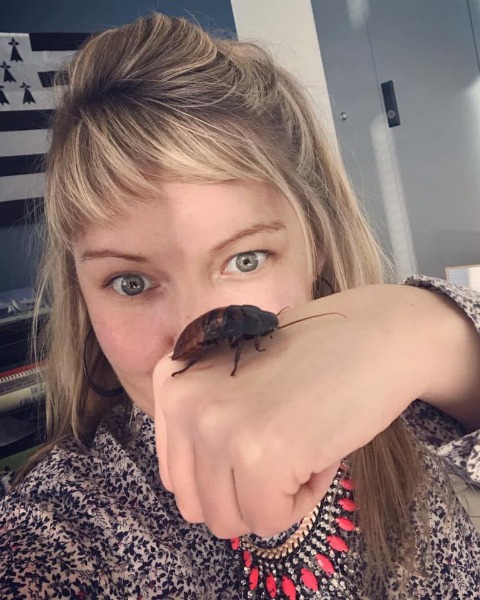Plant-Insect Ecosystems
10-Minute Paper
Generational variation in nutrient regulation for an outbreaking herbivore

Marion Le Gall
Instructor
Arizona State University
Tempe, Arizona- AB
Alioune Beye
Direction de la Protection des Vegetaux (retired)
Nganda, Kaffrine, Senegal - MD
Mamadou Diallo
Direction de le Protection des Vegetaux (retired)
Nganda, Kaffrine, Senegal 
Arianne Cease
Associate Professor
Arizona State University
Tempe, Arizona
Presenting Author(s)
Co-Author(s)
Multivoltine insects produce multiple generations in one year. Favorable conditions support more generations, leading to serious outbreaks. For herbivorous insects, plant nutrient availability is a major environmental factor affecting fitness and it can shift substantially throughout seasons. However, data regarding nutrient regulation of wild herbivores are scarce, and even more so regarding potential intergenerational plasticity. To bridge this gap, we measured nutritional regulation and performance of an outbreaking multivoltine herbivore, the Senegalese grasshopper (Oedaleus senegalensis). We surveyed a field population in Senegal and measured its nutritional preference and regulation across two generations (G1 and G3) using artificial diets and plant choice experiments. In the field, G1 locusts were five to ten times more abundant than G3 locusts. We found that G1 and G3 locusts selected different protein:carbohydrate ratios but also that the strength of regulation was different. G1 locusts regulated their nutrient target more tightly than G3 locusts. In contrast, studies with laboratory populations tend to consistently demonstrate strong regulation for grasshopper species. Both generations selected a carbohydrate-biased nutrient ratio, although it was more carbohydrate-biased for G3 locusts. In both cases, plant nutrient contents in the field were more protein biased than their preferred diet and choices by locusts were likely to be influenced by non-nutritional factors because they did not mirror the choice experiment with artificial diets. G1females were heavier and laid more eggs than G3 females. However, G3 locusts survived longer during the experiment than G1 locusts, suggesting a potential generational trade-off between reproduction and survival.

